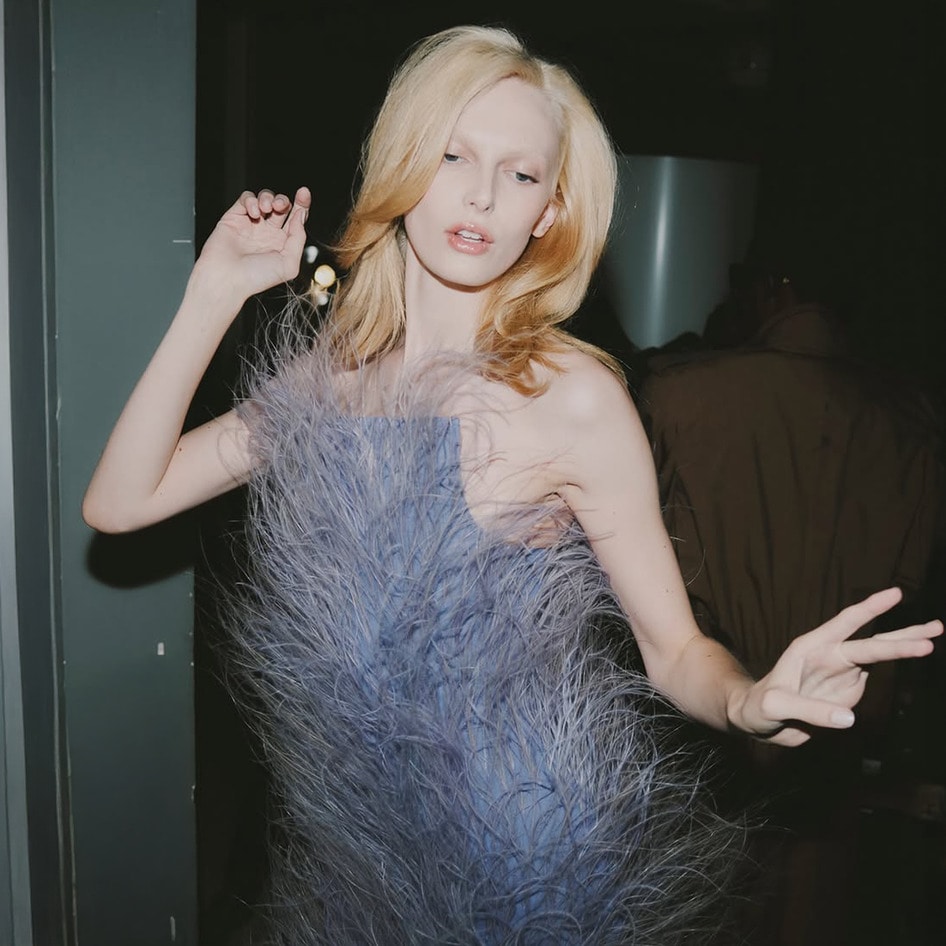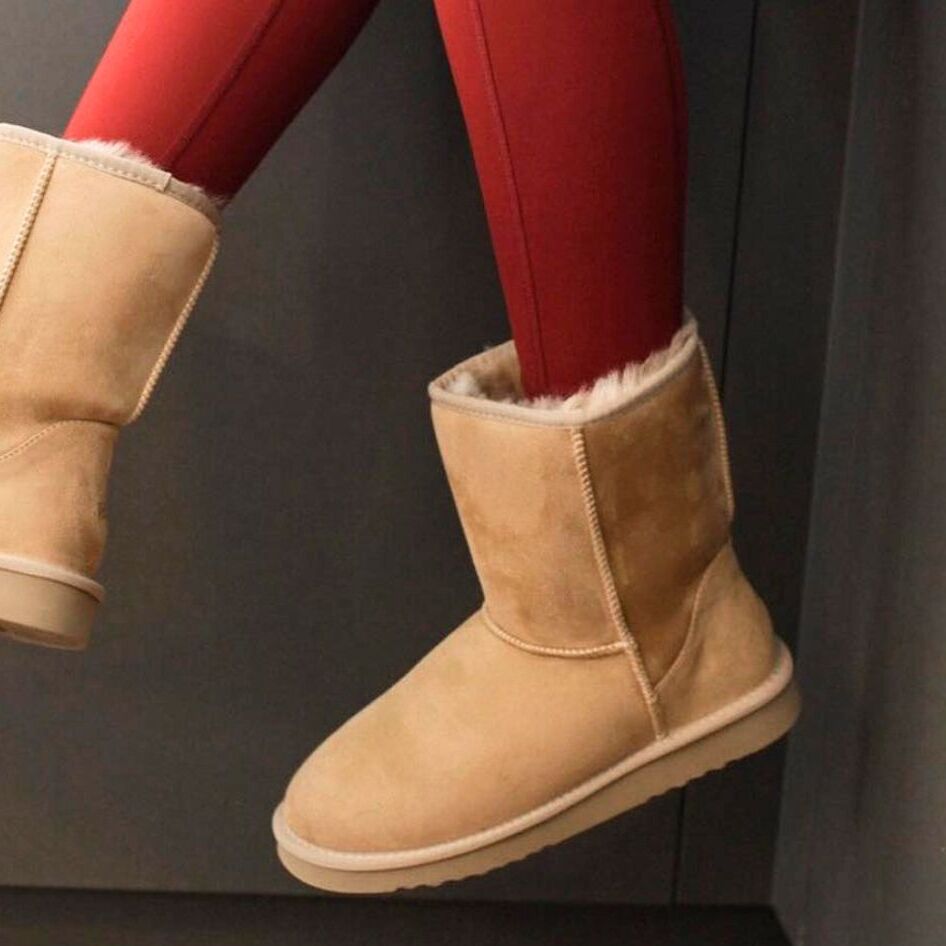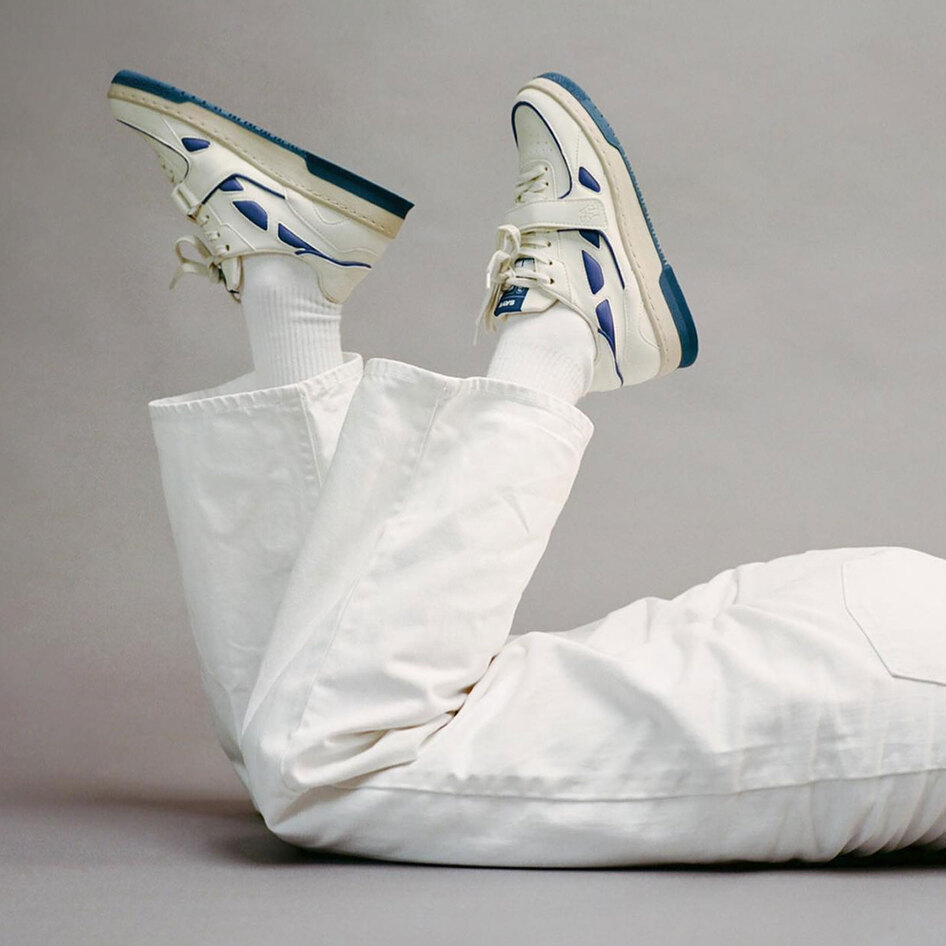Fur is officially out of fashion. Vogue, arguably the most influential fashion magazine in the world, has announced it will no longer feature the material in its pages.
In its newly released Sustainability Strategy, Condé Nast, the publisher behind Vogue as well as Glamour, Allure, and Vanity Fair, stated: “Across our titles, we do not feature new animal fur in editorial content or advertising.”
 Pexels
Pexels
The company added that its guidelines include “defined exceptions, including byproducts of subsistence and Indigenous practices.”
A Condé Nast spokesperson told CNN that this guideline has been in place “for many years.” However, the outlet noted that just 10 days ago, Condé Nast’s sustainability page made no mention of fur, a sign that the company may be reinforcing or newly emphasizing its stance.
The decline of fur
Fur has been falling out of favor for a long time now. The material, long associated with animal cruelty and environmental harm, has been increasingly rejected by top designers and brands. In recent years, Canada Goose, Saint Laurent, Alexander McQueen, Balenciaga, Bloomingdale’s, H&M, and Dolce & Gabbana, among others, have all pledged to go fur-free.
“Dolce & Gabbana is working towards a more sustainable future that can’t contemplate the use of animal fur,” Fedele Usai, Group Communication and Marketing Officer at Dolce & Gabbana at the time, said in a statement in 2022. “The entire fashion system has a significant social responsibility role that must be promoted and encouraged.”
In 2021, fashion media giant Elle also chose to ban fur across its 45 editions and 46 websites. “The world has changed and the end of the use of fur is aligned with the course of history,” Constance Benqué, Lagardère News president and CEO ELLE International, said in a statement at the time.
The environmental toll of fur production is also staggering. According to the Fur Free Alliance, fur farming contributes to land degradation, biodiversity loss, and fossil fuel emissions. A 2011 study by MTT Agrifood Research Finland found that the carbon footprint of a single mink skin is roughly equivalent to the daily impact of one Finnish person, while a fox skin equals three days worth of impact.

BECOME A VEGNEWS VIP: Get exclusive product deals, freebies, and perks galore!
Disrupting the ‘glamorous’ image of fur
Animal rights advocates have welcomed Condé Nast’s move, which follows the departure of Vogue’s long-time editor-in-chief, Anna Wintour. While Wintour had shifted toward faux fur in recent years, she was once a prominent supporter of the real thing.
“This is huge,” Kitty Block, CEO of Humane World for Animals, writes in a blog post. “These legacy publishing brands have a significant influence on pop culture trends, helping to shape how the public perceives what is fashionable. Condé Nast reaches more than 1 billion people across the world through print, digital, video, and social platforms. Prohibiting images of fur in its publications disrupts the idea that fur is glamorous or even acceptable.”
Condé Nast’s new sustainability strategy also includes commitments to educate readers about global environmental issues, ensure fair labor practices, strengthen supply chain integrity, adopt circular economy principles, and work toward net-zero emissions.
For more plant-based stories like this, read:
JUMP TO ... Latest News | Recipes | Guides | Health | Subscribe









